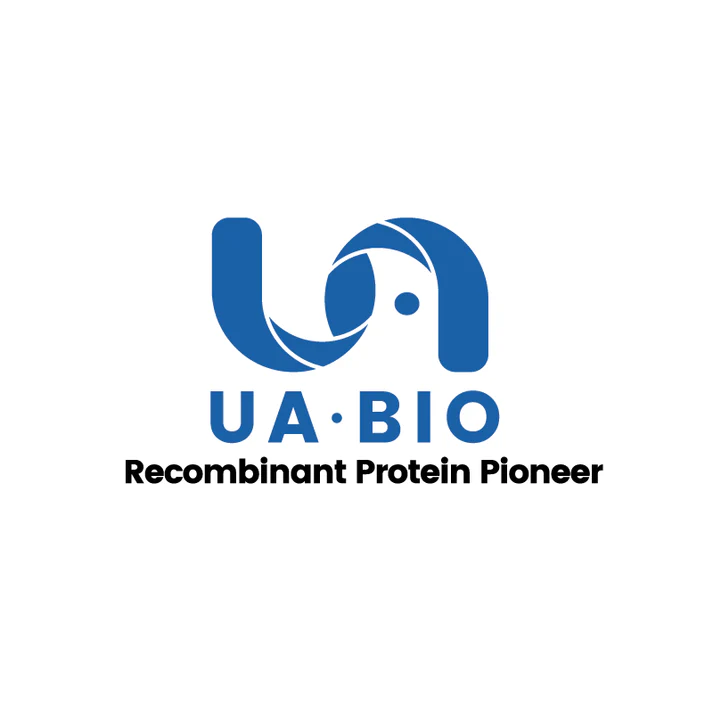Measured by its ability to induce IL-6 secretion by NIH‑3T3 mouse embryonic fibroblast cells. The EC50 for this effect is less than 5ng/ml.
Product Details
Product Details
Product Specification
| Species | Human |
| Synonyms | Interleukin-17F; IL-17F; Cytokine ML-1 |
| Accession | Q96PD4 |
| Amino Acid Sequence | Arg31-Gln163, with C-terminal His Tag |
| Expression System | CHO |
| Molecular Weight | 18-22 kDa (Reducing) |
| Purity | >95% by SDS-PAGE and HPLC. |
| Endotoxin | <0.1EU/μg |
| Conjugation | Unconjugated |
| Tag | His Tag |
| Physical Appearance | Lyophilized Powder |
| Storage Buffer | PBS, pH7.4 |
| Reconstitution | Reconstitute at 0.1-1 mg/ml according to the size in ultrapure water after rapid centrifugation. |
| Stability & Storage | ·12 months from date of receipt, lyophilized powder stored at -20 to -80℃. |
| Reference | Cytokine. 2009 Apr;46(1):7-11. Epub 2009 Feb 23. |
Background
Interleukin-17F (IL-17F) is a member of the IL-17 family of cytokines, which play crucial roles in both innate and adaptive immunity. IL-17F can induce the production of cytokines that promote inflammation, angiogenesis, and tissue remodeling, leading to tissue damage in various tissues such as the peripheral and axial enthesis, bone, and cartilage.
IL-17F is implicated in several inflammatory and autoimmune diseases. Elevated serum levels of IL-17F have been observed in conditions such as psoriatic arthritis (PsA), axial spondyloarthritis (axSpA), and hidradenitis suppurativa (HS). In psoriasis, the lesional skin and serum contain higher amounts of IL-17F compared to IL-17A. Targeting IL-17F may be beneficial in treating colitis, as demonstrated in murine models. In cancer, IL-17F might be associated with favorable overall survival in pancreatic cancer patients treated with gemcitabine. Therapeutic strategies targeting IL-17F, either alone or in combination with other cytokines, are being explored for their potential in treating inflammatory, autoimmune, and certain malignant diseases.
Picture
Picture
Bioactivity
SDS-PAGE
2μg (R: reducing condition, N: non-reducing condition).
RP-HPLC
>95% as determined by RP-HPLC.


